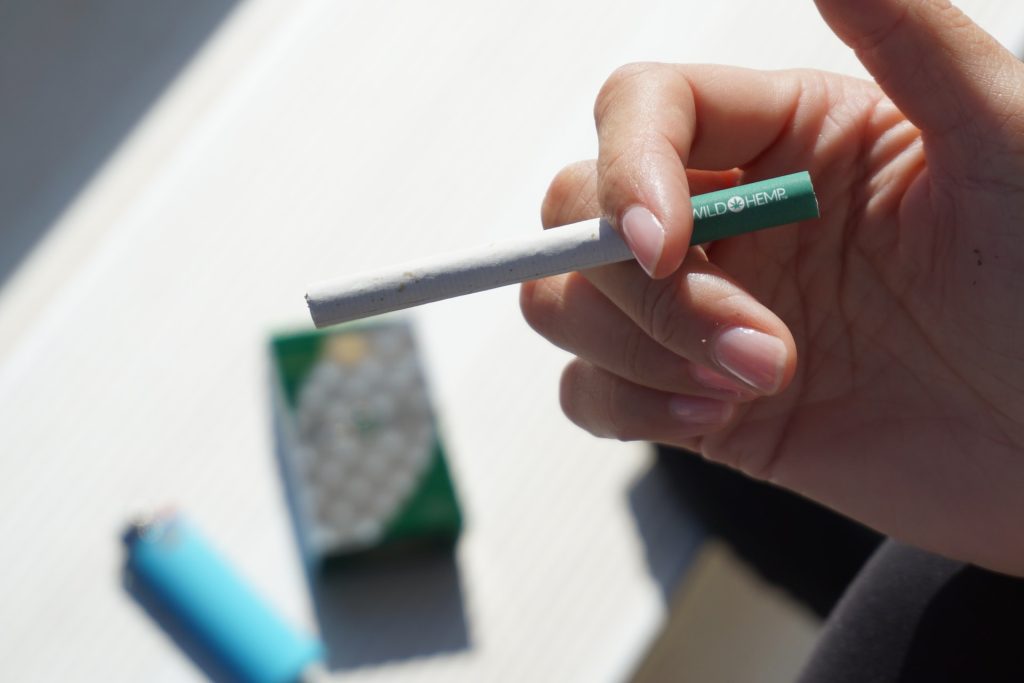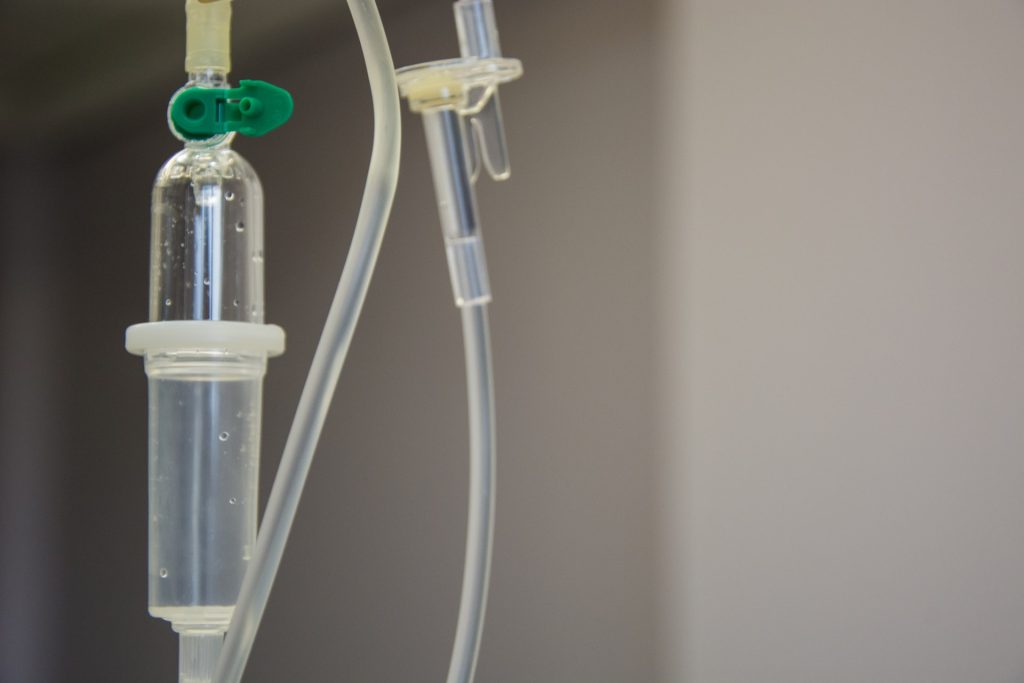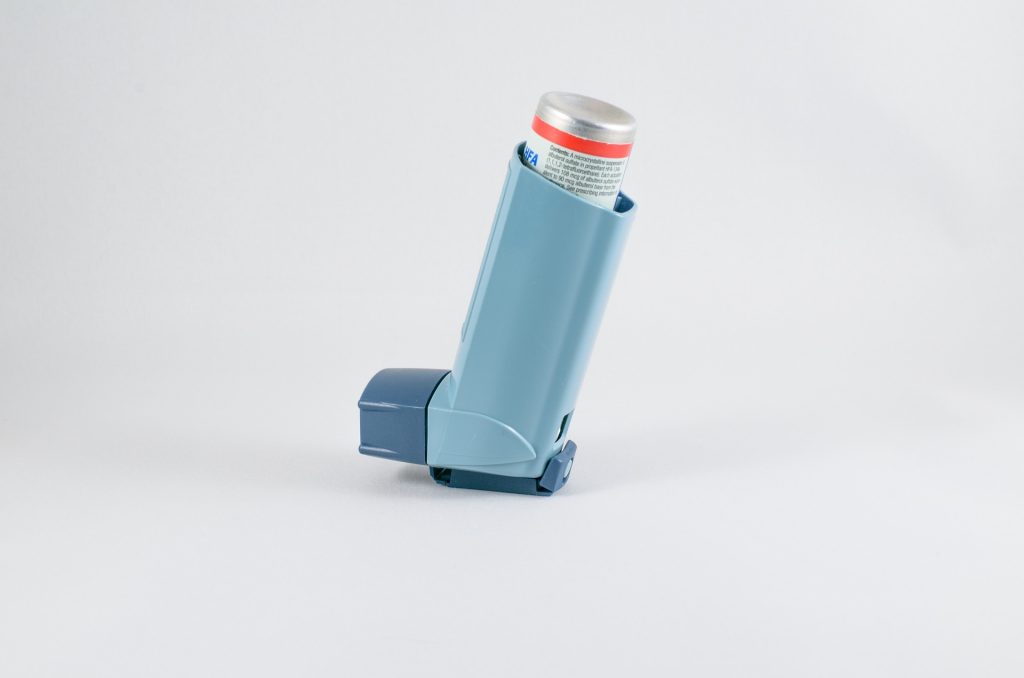Clicks Reports Losses of R5 Billion from Riots and Looting

Pharmacy and health and beauty retail group Clicks has reported estimated losses of R5 billion resulting from damage to and looting of stores at shopping malls and distribution centres across South Africa, according to BusinessTech.
Clocks said that it has been forced to close all of its 110 stores in KwaZulu-Natal and 130 of its stores in Gauteng, with long lines reported at those stores that have remained open in the province. Nationwide, 279 stores have been closed and 52 have been damaged. Guidance for those needing medication is available on its website, and online deliveries have been affected as its warehouse is in Johannesburg.
106 vaccination sites have been closed across the country, the group said in a statement, as looting and vandalism continued into Wednesday, predominantly in KwaZulu-Natal and Gauteng. They advise that all vaccination sites are now accepting walk-in appointments. Dis-Chem has advised that its vaccination sites in KwaZulu-Natal are closed, as well as three of its seven sites in Gauteng.
The group had previously been forced to close its stores in September 2020 due to threats from the EFF over allegations of racism in its advertising.
Clicks has 760 stores and over 600 in-store pharmacies around country.
“The disruption of services means affected Clicks stores will be temporarily unable to administer vaccinations and provide medication to customers, along with public sector medicine pick-up points being temporarily unavailable.
“Contingency plans are being put in place to provide alternative arrangements for delivery of chronic medication and rescheduling of vaccinations, where possible,” the group said.
The unrest began with protests against the arrest and incarceration of former president Jacob Zuma, but has since degenerated into looting and destruction.
Clicks said that the full cost of the looting and damages to stores is still to be determined given the ongoing unrest.
Source: BusinessTech





